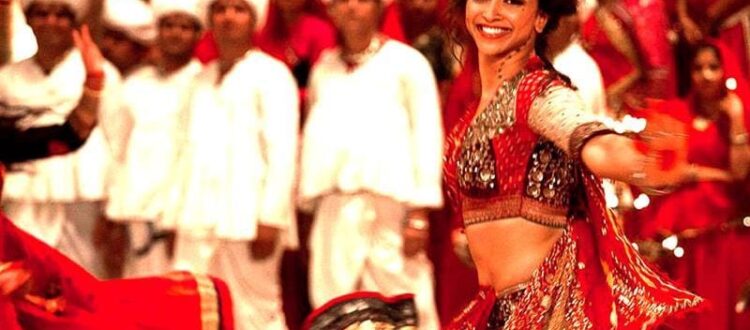Navaratri Special: The Significance of 9 Days of Colors
The festival of Garba, Music and Dance – Navaratri is almost here!
Navratri is a nine-day Hindu festival celebrating the victory of good over evil. The festival begins on the first day of the bright fortnight in the Hindu month of Ashvin in India, and ends on the tenth day. It starts with the worship of Goddess Durga and ends with the worship of Goddess Lakshmi. The word Navratri means nine nights in Sanskrit.

The festival is celebrated with dancing, singing, and feasting. It is also a time when people visit temples to offer their prayers and make charitable donations.
The festival celebrates the victory of good over evil, as well as a celebration of women and fertility. The festival takes place from 26th September to 2nd October this year. It also marks the changing of seasons from summer to winter. Women observe fasts during these days and some are only allowed to eat vegetarian food during these days while others are not allowed to eat anything at all, even water!
Navratri is celebrated all over India but it has different names in different regions. In Maharashtra it’s called “Durga Puja” or “Dussehra”, while in Karnataka it’s called as “Sharadotsava”. In Gujarat and Rajasthan it’s called as “Navaratri”.
At a lot of places the 9 Days of Navaratri is celebrate with 9 different colors, a color for each day and each color has a significance. Before you begin your Navratri preparation, here’s what the 9 colors of Navaratri signifies!

Navratri Day 1: White
The white colour signifies purity, peace and meditation; and the Goddess Brahmacharini is worshipped on the second day of Navaratri.
Navratri Day 2: Red
The red colour signifies beauty and fearlessness; day worships Goddess Chandraganta, who rewards people with her bravery, grace and courage.
Navratri Day 3: Royal blue
The blue colour signifies good health and prosperity and Goddess Kushmanda is worshipped, also known as Ashtabhuja Devi.
Navratri Day 4: Yellow
The yellow colour stands for happiness and brightness and Goddess Skandmata is worshipped and who is also known as the mother of Lord Kartikey or Skanda.
Navratri Day 5: Green
The green colour signifies new beginnings and growth;Goddess Katyayan,the slayer of tyrannical demon Mahisasura is worshipped on the 6th day of Navaratri.
Navratri Day 6: Grey
The grey color stands for the strength of transforming and Goddess Kalaratri on this day, believed to be the destroyer of all demons, negative energies, evil spirits is worshipped.
Navratri Day 7: Orange
The color Oragne signifies energy and happiness; the Hindu Goddess Mata Shailputri, the daughter of mountains also known as Parvati, Bhavani and Hemavati is worshipped on the very first day of the Navaratri.
Navratri Day 8: Peacock green
The peacock green color is believed to fulfill the desires of devotees; and Goddess Mahagauri also known as Shubhankari is worshipped on this day.
Navratri 9: Pink
The pink color stands for harmony,kindness and affection. The Day is called Navami, Goddess Siddhidatri is worshipped on this day, it is believed that one side of Lord Shiva’s body is that of Goddess Siddhidatri. Therefore, he is known by the name of Ardhanarishwar.
Interesting, Isn’t It? Plan you Navaratri outfits and style accordingly and celebrate the festival. Happy Navaratri!






